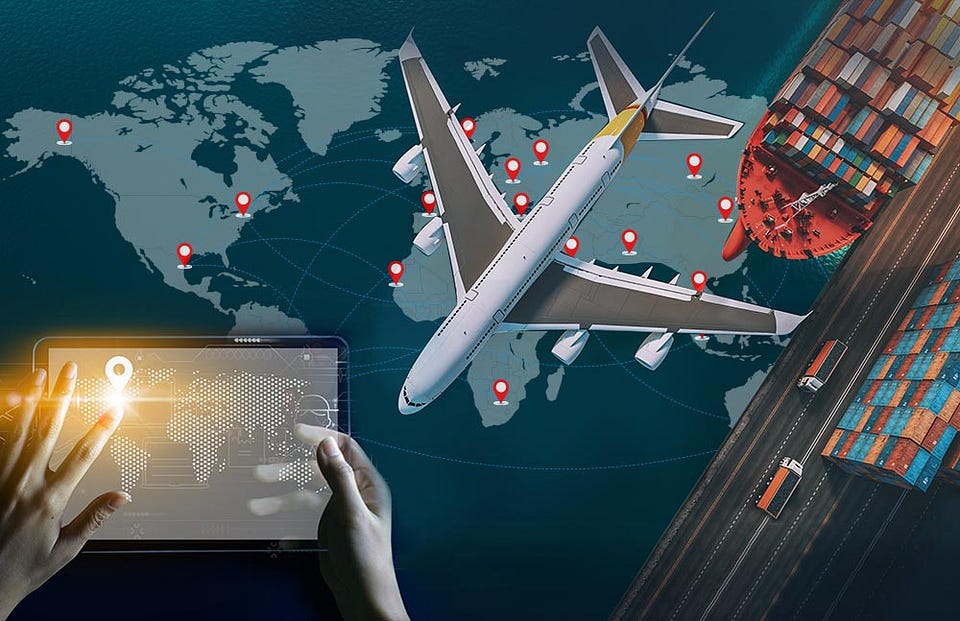Transforming Industries with IoT Solutions and IoT Services
The Internet of Things (IoT) is revolutionizing the way businesses operate, opening doors to unprecedented levels of efficiency, productivity, and innovation. IoT solutions and IoT services enable the connection of physical devices to the internet, allowing for seamless data collection, analysis, and automation. This transformative technology is not just a buzzword; it’s a game-changer that’s impacting a wide range of industries, from manufacturing and healthcare to agriculture and smart cities.

Discover the power of IoT solutions and services for your business.
Understanding IoT Solutions and IoT Services
IoT solutions and IoT services encompass a broad array of technologies and methodologies designed to connect, monitor, and manage devices through the internet. These solutions involve sensors, software, networks, and cloud computing to collect and analyze data from physical objects. IoT services provide the infrastructure and expertise needed to implement and maintain these solutions effectively.
The Importance of IoT Solutions and IoT Services
- Enhanced Efficiency: IoT solutions streamline operations by automating routine tasks and providing real-time data insights. This leads to increased productivity and reduced operational costs.
- Data-Driven Decision Making: The vast amounts of data generated by IoT devices can be analyzed to gain actionable insights. This enables businesses to make informed decisions based on real-time information rather than intuition.
- Improved Customer Experiences: IoT services can enhance customer satisfaction by enabling personalized and responsive services. For example, smart home devices can adapt to user preferences, and connected healthcare devices can provide real-time health monitoring.
- Predictive Maintenance: IoT solutions enable predictive maintenance by monitoring equipment and identifying potential failures before they occur. This reduces downtime and maintenance costs while extending the lifespan of assets.
- Sustainability: IoT solutions contribute to sustainability efforts by optimizing resource usage. Smart grids, for example, can balance energy distribution, and precision agriculture can reduce water and fertilizer consumption.
Key Components of IoT Solutions and IoT Services
1. IoT Devices and Sensors
IoT devices are the building blocks of any IoT solution. These devices, equipped with sensors, gather data from their surroundings. For instance, temperature sensors, humidity sensors, and motion detectors collect valuable information that can be used for various applications.
2. Connectivity
Connectivity is crucial for IoT solutions. This involves connecting IoT devices to the internet through Wi-Fi, cellular networks, or other communication protocols. The choice of connectivity depends on factors like data volume, range, and power consumption.
3. IoT Platforms
IoT platforms serve as the backbone of IoT solutions. They provide the tools and infrastructure to manage IoT devices, process data, and integrate with other systems. Leading IoT platforms include AWS IoT, Microsoft Azure IoT, and Google Cloud IoT.
4. Data Analytics
Data analytics is at the heart of IoT solutions. By analyzing the data collected from IoT devices, businesses can uncover patterns, trends, and anomalies. Advanced analytics techniques, including machine learning and artificial intelligence, enable predictive and prescriptive insights.
5. Cloud Computing
Cloud computing provides the storage and processing power needed to handle the vast amounts of data generated by IoT devices. Cloud services offer scalability, flexibility, and cost-effectiveness, making them an essential component of IoT solutions.
The IoT Solutions Lifecycle
1. Planning and Strategy
The journey to implementing IoT solutions begins with comprehensive planning and strategy. This involves identifying business objectives, defining use cases, and assessing the required infrastructure. A well-defined strategy ensures that the IoT implementation aligns with business goals.
2. Design and Development
In this phase, IoT solutions are designed and developed. This includes selecting the right IoT devices, choosing connectivity options, and developing the software and analytics components. Collaboration between business and technical teams is crucial to ensure that the solutions meet business requirements.
3. Deployment and Integration
Deployment involves installing IoT devices, configuring connectivity, and integrating the solutions with existing systems. This phase requires careful planning to ensure a seamless integration with minimal disruption to operations.
4. Monitoring and Maintenance
Ongoing monitoring and maintenance are essential to ensure the continued success of IoT solutions. This includes tracking device performance, ensuring data accuracy, and addressing any technical issues that arise. Regular maintenance ensures that the solutions remain reliable and effective.
5. Optimization and Scaling
As the IoT solutions mature, optimization and scaling become important. This involves fine-tuning the solutions based on user feedback, expanding the deployment to new use cases, and scaling the infrastructure to accommodate increased data volumes.

Comments
Post a Comment